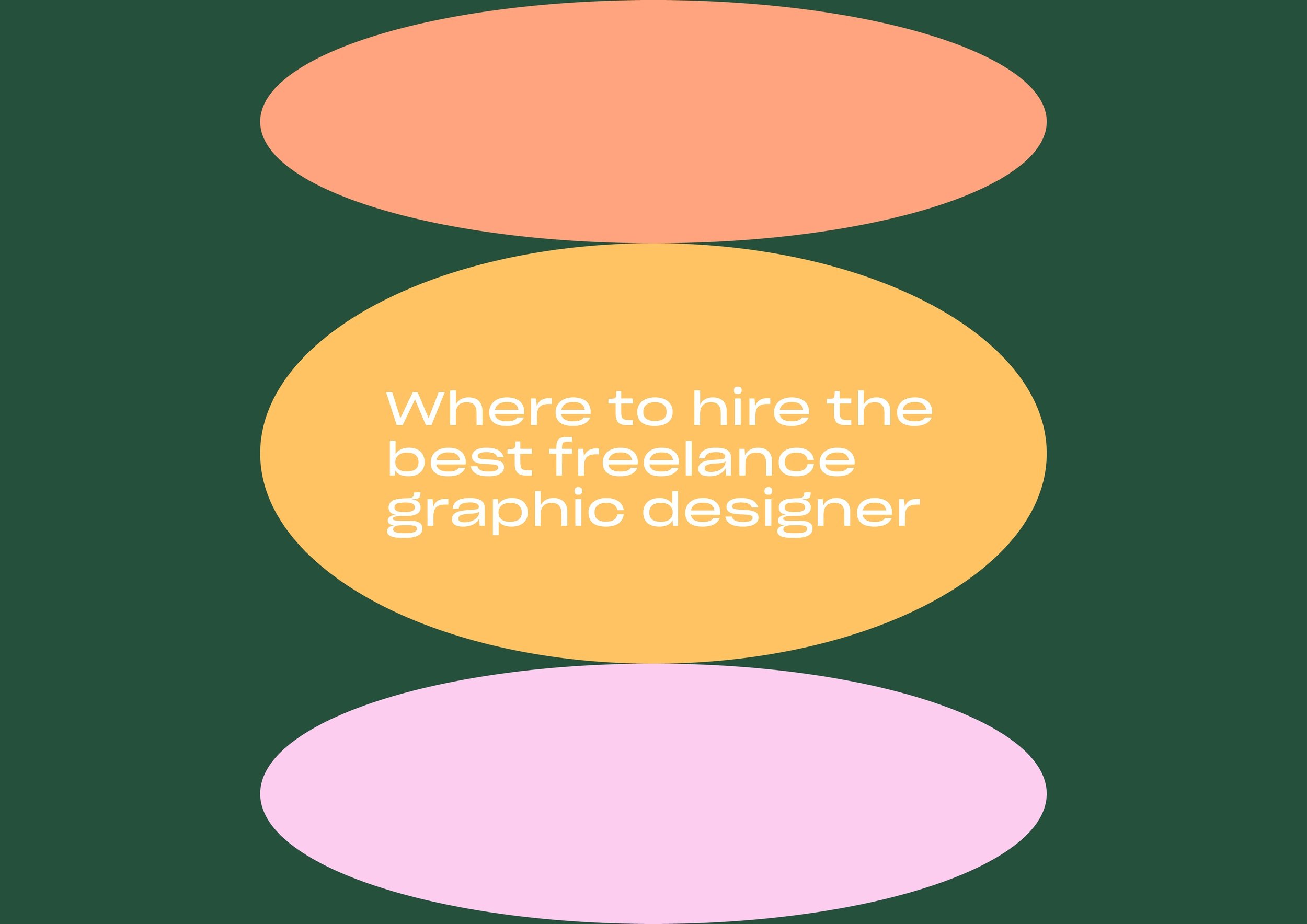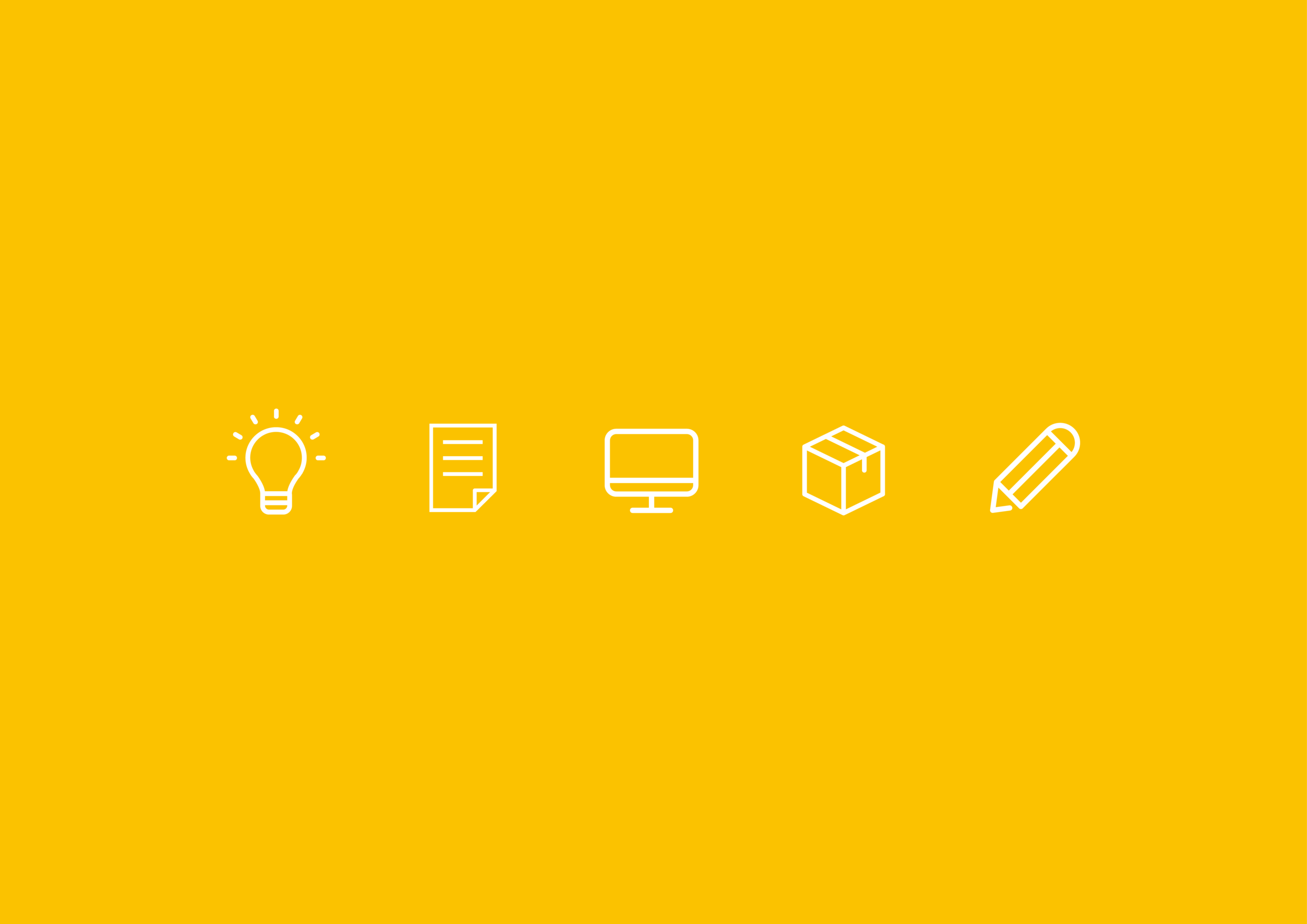Hi, Welcome to my freelance graphic design blog. Here you will find my latest project updates and useful blog posts about graphic design, branding, packaging design and lot’s more.
Featured

Packaging Design Agency UK: Why Should You Invest in a Professional Packaging Design Agency?




























